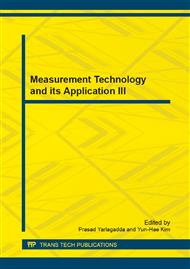p.831
p.835
p.842
p.848
p.852
p.858
p.863
p.868
p.874
An Effective Community Detection Method Based on Improved Genetic Algorithm
Abstract:
Detecting community structure from complex networks has triggered considerable attention in several application domains. This paper proposes a new community detection method based on improved genetic algorithm (named CDIGA), which tries to find the best community structure by maximizing the network modularity. String encoding is used to realize genetic representation. Parts of nodes assign their community identifiers to all of their neighbors to ensure the convergence of the algorithm and eliminate unnecessary iterations when initial population is created. Crossover operator and mutation operator are improved too, one-way crossover strategy is introduced to crossover process, the Connect validity of mutation node is ensured in mutation process. We compared it with three other algorithms in computer generated networks and real world networks, Experiment Results show that the improved algorithm is highly effective for discovering community structure.
Info:
Periodical:
Pages:
852-857
Citation:
Online since:
June 2014
Authors:
Price:
Сopyright:
© 2014 Trans Tech Publications Ltd. All Rights Reserved
Share:
Citation:


